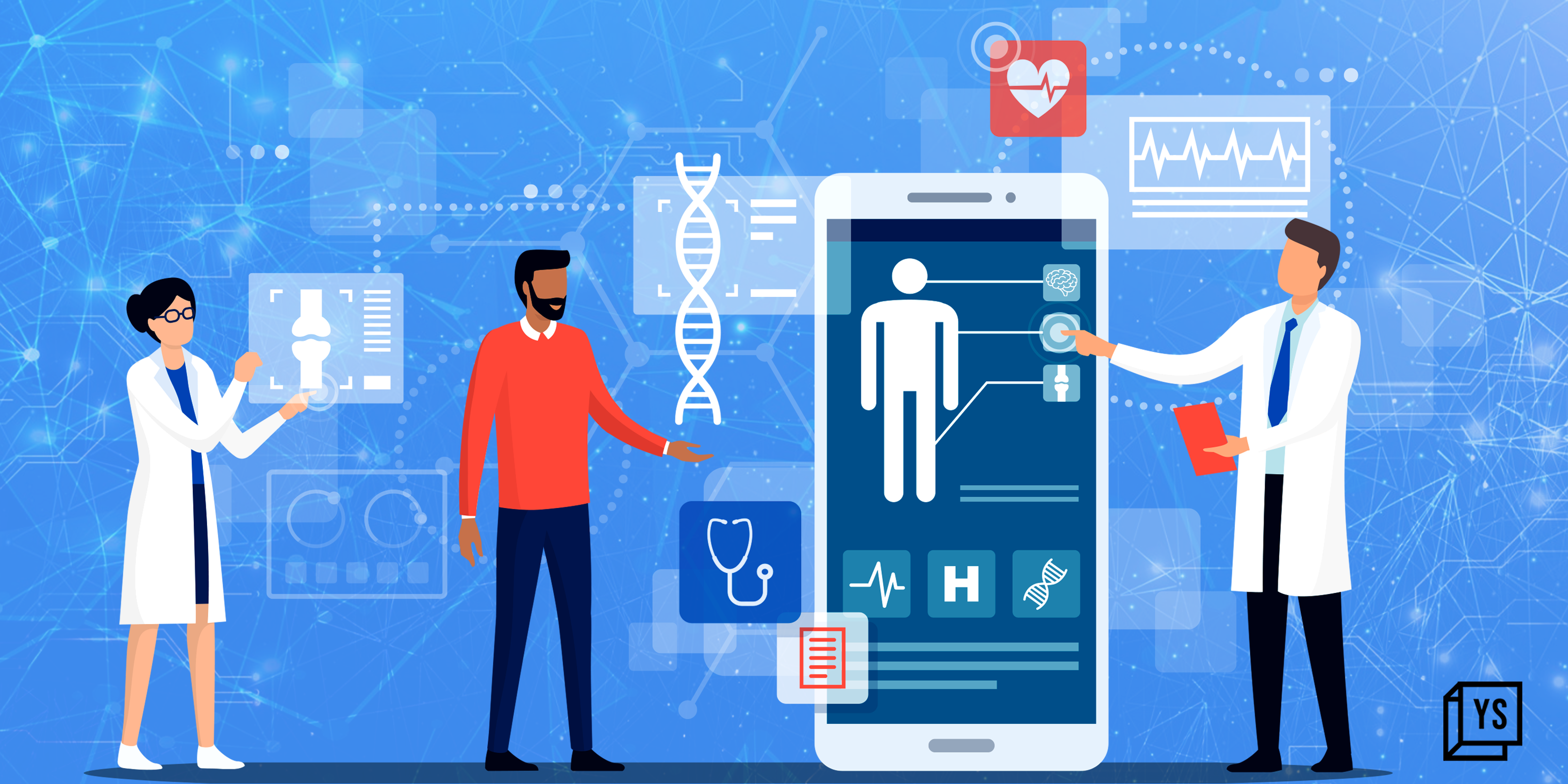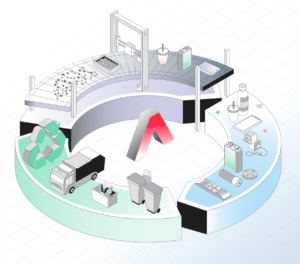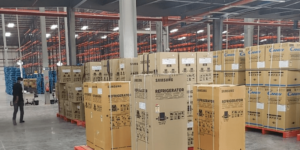
An aging population and the prevalence of long-term illness have led to an increase in demand for healthcare services. This has put a strain on healthcare providers.
Amid this changing landscape, continuous patient monitoring systems have emerged as a crucial solution. These systems, consisting of wireless sensors, monitors, and equipment, allow healthcare professionals to remotely track patients’ vital signs and health data in real-time, both within hospital settings and from the comfort of patients’ homes.
By enabling early detection of deviations from baseline health indicators and facilitating prompt interventions, continuous monitoring enhances patient outcomes and optimises resource allocation in the face of limited hospital beds and personnel.
Continuous patient monitoring offers significant benefits for both patients and healthcare systems. Patients experience improved health supervision, faster response times to changes in their health status, and reduced reliance on frequent visits to medical facilities, which are particularly beneficial for those with chronic conditions.
For healthcare systems, these systems promote efficient resource utilisation, allowing providers to focus on patients with greater acuity while reducing hospital readmissions and improving overall outcomes, especially for high-risk or chronic patients.
Insights from continuous monitoring data inform population health management strategies, enabling better resource allocation and contributing to a more effective and sustainable healthcare delivery model for the future.
A new dawn in patient monitoring
The evolution of patient monitoring technology has been remarkable. Initially, vital signs such as heart rate, blood pressure, and oxygen saturation were manually measured by medical personnel. The introduction of cable monitoring devices allowed continuous patient monitoring in hospitals, albeit with limitations on mobility and comfort. However, the development of wireless patient continuous monitoring technologies marked a turning point.
These technologies rely on wireless communication to send real-time data from wearable sensors to a central monitoring station, eliminating the need for cumbersome connections and allowing patients greater freedom of movement.
Continuous patient monitoring, available both within and outside the hospital, enables real-time surveillance of vital signs and other health parameters.
Continuous monitoring system in action
Continuous patient monitoring, available both within and outside the hospital, enables real-time surveillance of vital signs and other health parameters, facilitating prompt intervention through wireless transmission to monitoring equipment.
This capability allows medical staff to receive instant alerts, administer life-saving treatments quickly, and facilitate early hospital discharge when appropriate.
Moreover, continuous monitoring significantly reduces complications and readmissions while enhancing outcomes by enabling early issue discovery and making therapy more cost-effective and of higher quality.
Additionally, it shapes the future of healthcare by fostering ongoing interactions between patients and clinicians, enabling care provision at any time and from any location.
As technology advances, constant, networked monitoring with smaller, more comfortable sensors will become the cornerstone of healthcare, complemented by anticipatory algorithms and artificial intelligence for a comprehensive view of a patient’s health, enabling proactive actions.
Benefits of at-home continuous patient monitoring
At-home continuous patient monitoring systems offer various advantages for patients and medical professionals. For patients, at-home monitoring means shorter hospital stays and more rapid emergency response, especially for chronic health concerns.
Remote patient monitoring systems reduce the expenses associated with ER visits and hospital readmissions for healthcare organisations. Because home monitoring provides doctors with ongoing data on variables like blood pressure, blood glucose levels, and heart rate, medical professionals gain a more comprehensive understanding of a patient’s health over time.
This data informs care decisions and allows for modifications to treatment regimens as necessary. Patients find comfort in the knowledge that their illnesses are being monitored, and doctors have daily insight into their patients’ health.
Remote patient monitoring systems provide a cost-effective option that benefits healthcare personnel and the patients they serve. Using continuous monitoring technology, previously limited to hospital settings, can revolutionise healthcare delivery throughout the patient encounter.
Challenges
As home-based continuous patient monitoring becomes more prevalent, overcoming obstacles is essential. Despite declining costs, adoption challenges such as high pricing and constrained reimbursement schemes persist.
Innovative financing and leasing options may improve accessibility. Device integration and interoperability challenges hinder effective monitoring and data sharing.
Continued patient education and assistance are necessary for engagement and compliance. Rising data volumes require automated systems to filter and prioritise notifications using AI. Privacy and security concerns highlight the need for stringent controls and patient consent to secure transmitted health data.
Future of continuous monitoring in healthcare
Continuous patient monitoring in healthcare is rapidly evolving thanks to technological advancements that allow for monitoring outside traditional hospital settings. Wireless devices and sensors enable remote monitoring of patients, especially those with chronic diseases, from their homes. “Hospital-at-home” initiatives offer acute care via telehealth and remote monitoring.
However, challenges such as data security and reimbursement models must be addressed to enable broader usage outside of hospitals. Resolving these issues may lead to better outcomes, lower costs, and increased patient engagement. Continuous monitoring systems will be essential for success in the changing healthcare environment, emphasising equity, accessibility, and patient-centeredness.
As continuous monitoring technologies become more widely available, ensuring fair access for all patients, especially those from underserved populations, is imperative. Healthcare practitioners can optimise the advantages of ongoing monitoring and improve healthcare services by emphasising education, assistance, and removing obstacles.
To sum up, continuous patient monitoring is a revolutionary method to healthcare delivery that benefits society, healthcare systems, and patients alike. Through innovative technology and the resolution of obstacles, we can fully utilise continuous monitoring to enhance patient outcomes and progress healthcare for everybody.
Hari Subramaniam, Founder and Director, LifeSigns
(Disclaimer: The views and opinions expressed in this article are those of the author and do not necessarily reflect the views of YourStory.)










